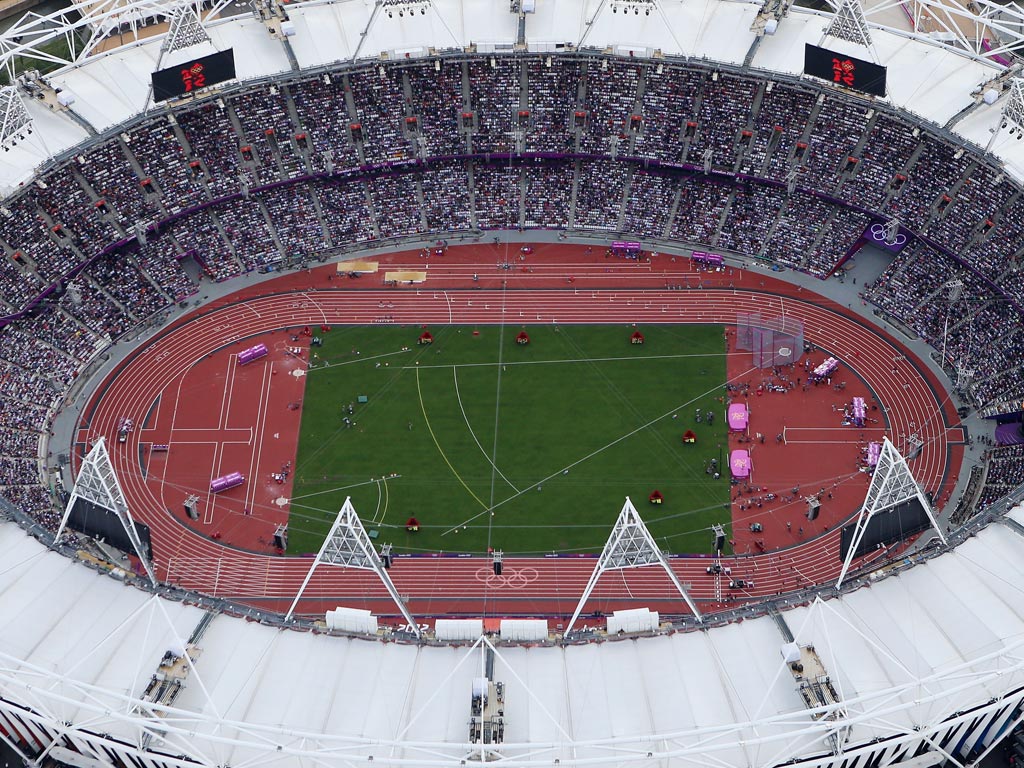Why sprinters fly on the 'magic carpet' track at the Olympic Stadium

Your support helps us to tell the story
From reproductive rights to climate change to Big Tech, The Independent is on the ground when the story is developing. Whether it's investigating the financials of Elon Musk's pro-Trump PAC or producing our latest documentary, 'The A Word', which shines a light on the American women fighting for reproductive rights, we know how important it is to parse out the facts from the messaging.
At such a critical moment in US history, we need reporters on the ground. Your donation allows us to keep sending journalists to speak to both sides of the story.
The Independent is trusted by Americans across the entire political spectrum. And unlike many other quality news outlets, we choose not to lock Americans out of our reporting and analysis with paywalls. We believe quality journalism should be available to everyone, paid for by those who can afford it.
Your support makes all the difference.As world records tumble on the Olympic track, questions about whether they owe more to athletic performance or cutting edge technology inevitably arise.
London's surface was dubbed the "magic carpet" after a wave of personal bests during the weekend, but concerns about tracks being tailored to sprinters is nothing new. Organisers in Beijing were plagued with similar questions when five world records – including Usain Bolt's 9.69sec 100m and 19.30sec 200m – were broken.
Even the athletes were surprised by the track's speed. "It was surprisingly easy," said American Ryan Bailey after winning his 100m heat in a 9.88sec – considerably faster than Lindford Christie's gold medal-winning time of 9.96sec in 1992. Then last night, Usain Bolt won gold in the event with an Olympic record time of 9.63sec.
The surface at London's Olympic Stadium is made by Italian company Mondo, which has been providing track for the Olympics since 1976 in Montreal. But, starting in Beijing, Mondo has used Mondotrack technology which includes two different layers of rubber – a solid upper layer to optimise slip resistance, traction and durability and a backing cushion for shock absorption.
Mondotrack was first used in 2008 but has been improved. "The backing is now a stretched hexagonal honeycomb shape with elongated, diamond-shaped cells that flex easily in any direction, rather than just forward," A Mondo spokeswoman said. This makes the track more elastic and responsive, she said, providing better support of the foot – resulting in better control during the rolling movement of the foot, higher energy return and more control and comfort.
The roof of the stadium was also designed to maximise track speeds. The stadium engineer ran wind tunnel tests to assess the impact of designs on winds at track level and decided on a partial roof to minimise wind on the track.
Join our commenting forum
Join thought-provoking conversations, follow other Independent readers and see their replies
Comments